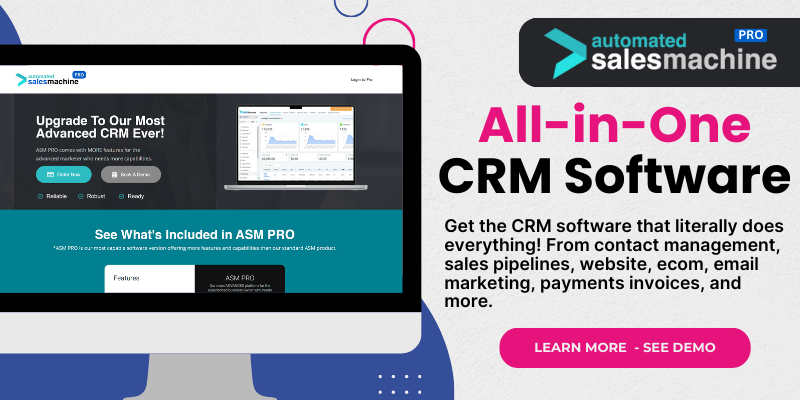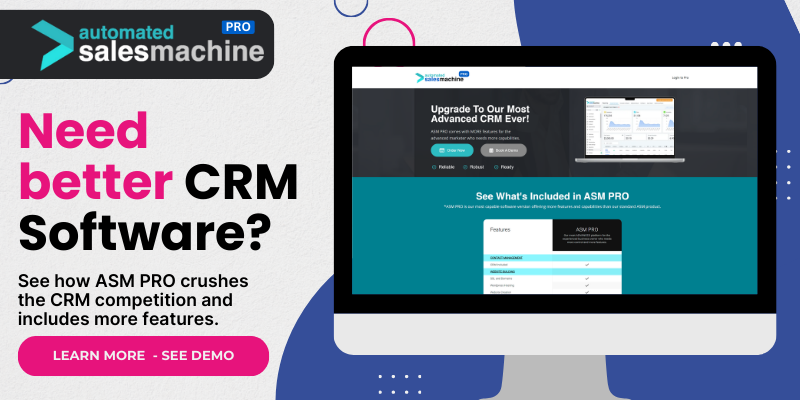Define Your Needs
Understand Your Business Goals
Before diving into the endless ocean of CRM software options, it’s crucial to get clear about what you really need. I remember when I first started my journey in choosing a CRM; I just jumped in and was overwhelmed by the choices. It’s like walking into a candy store without knowing what flavors you like!
Defining your business goals helps narrow down what features are essential for your process. For instance, if your primary focus is on customer acquisition, tools that emphasize lead generation and tracking are key. Trust me; don’t skip this step! It’ll save you loads of time in the long run.
Taking some time to jot down your objectives can guide you toward your perfect CRM. Whether it’s improving customer retention, streamlining sales tasks, or improving analytics, clarity is king!
Identify Must-Have Features
With your goals in perspective, listing out must-have features becomes a lot easier. This is where I felt like a detective piecing together clues. Do you need automation capabilities? Robust integration with your email and other tools? Or maybe comprehensive reporting functions?
As I evaluated my CRM options, I quickly realized that features like customer segmentation, task automation, and mobile access were not just nice to have—they were essential. Each feature you identify should directly relate to your specific business needs.
Take the time to prioritize your needs and wants; it’s similar to creating a wishlist. This will not only make your CRM evaluation easier but also ensure you invest in something that truly benefits your team.
Consider Your Team Size and Structure
The structure and size of your team can hugely impact which CRM is the best fit. When I was choosing a CRM, I had to think about how many people would actually be using it daily. If you’re a small business with just a few users, you won’t need the same robust features as a larger company with multiple departments.
Also, consider how you would like your team to interact with the CRM. As a former user, I’ve had to adapt to systems that were more complex than necessary for our needs. This led to frustration rather than productivity!
Match your CRM choice to your team’s dynamics for seamless adoption. Trust me, the smoother this transition can be, the better it will be for everyone involved.
Research Your Options
Gather Reviews and Recommendations
After defining your needs, the next step is to do your homework! I spent countless hours reading reviews and seeking recommendations. Don’t underestimate the power of community feedback; it can save you from making costly mistakes.
Look at platforms like G2, Capterra, or even LinkedIn groups related to your industry. Hearing other users’ experiences, both good and bad, gave me invaluable insights. Recommendations from fellow business owners are often gold!
While reviews are essential, I also made sure to take them with a pinch of salt. Everyone’s experience is different, so look for patterns in the feedback rather than getting swayed by a single opinion.
Explore Feature Comparisons
This part of my evaluation process really revealed how different CRMs can be. I used comparison charts to see side by side what each software offered. It’s like lining up shoes in a sneaker store to see which pair fits best.
Focus on features that align with your previously identified needs. For instance, if reporting is critical, compare how each CRM allows you to analyze your data. It’s all about finding a system that not only meets your surface needs but also digs deeper into the analytics.
Visual learners, in particular, might benefit from infographics or charts. It’s often way easier to digest information this way, plus it can help you see the bigger picture!
Sign Up for Trials and Demos
Once I had a shortlist of CRMs that seemed promising, I didn’t just rely on the shiny marketing—oh no! I signed up for trials and demos whenever possible. This hands-on experience was crucial for figuring out what felt right.
The great thing about demos is that they give you a feel for the user interface and potential learning curves. I can’t tell you how many times I thought I found the perfect CRM, only to find their interface was clunky and not intuitive at all.
During the trial, involving your team can also provide diverse perspectives and identify any potential hiccups in the workflow. It’s like getting a sneak peek before committing to a long-term relationship!
Evaluate Costs
Analyze Pricing Structures
Let’s be honest, cost is often a deciding factor for many of us. I remember the first CRM I evaluated was priced so high, and it made my heart drop just looking at it! So, take a good look at the pricing structures of different CRM options.
Your evaluation should include whether the CRM charges per user, or if it has a flat fee. Monthly subscriptions versus one-time costs can also influence your decision. I found that what seems like a good deal can often trap you in hidden fees or surprise upgrades!
Knowing precisely what you’re signing up for financially can save a lot of headaches down the road. Always ask about any potential costs associated with implementation, training, or customer support, too.
Factor in ROI
When weighing your options, don’t just look at the upfront costs. Think about potential return on investment (ROI). I made the mistake of looking only at the price tag instead of considering the feature benefits. A more expensive CRM with better integration could save you countless hours in the long term!
Remember, the goal of a CRM is to boost productivity and improve customer relations. By calculating the ROI, you ensure that the CRM will ultimately pay for itself. This part of the process requires some analytical thinking, but it’s totally worth it in the end.
Just like a good investment, a CRM should show growth in value as it benefits your business. Keep this in mind to help separate the must-haves from the nice-to-haves!
Budget for Long-Term Costs
Lastly, don’t forget to budget for long-term costs. As tempting as it is to base decisions solely on the initial pricing, factors like maintenance, upgrades, and added features can significantly impact your expenses over time. I learned this the hard way, let me tell ya!
Many CRMs will require periodic updates or increased costs if you want to add users or features. It’s crucial to have a financial plan in place so you’re not left scrambling down the line. Look at different pricing tiers and what they offer, ensuring you understand what your ongoing expenses will look like.
Taking this comprehensive approach guarantees you get into a system that not only fits within your financial constraints at the moment but continues to do so as your business grows.
Seek Feedback Post-Implementation
Gather Insights from Your Team
After you implement your CRM, don’t just walk away! It’s essential to check in with your team and gather their insights on how it’s working out. Post-implementation feedback is like a fine wine; it gets better with time as everyone acclimates.
During this phase, create open channels for communication. I often found it helpful to hold informal chats or send out surveys. Understanding what features they love or don’t find useful can inform future decisions. This step is vital in refining processes!
Listening to your team not only helps with the current software but also informs your next evaluation if the time comes. Feedback loops help create an environment of continuous improvement.
Adjust and Optimize Use Cases
As you gather insights, look for areas to adjust and optimize how you use the CRM. Every team has unique workflows, and sometimes the best practices for one may not apply to another. I remember realizing that certain features went unused just because we hadn’t taken the time to explore them fully!
Take this opportunity to adjust your processes based on user experience. Check in regularly to see if people are utilizing the tools available to them effectively, and encourage them to explore additional features! You may discover tools that can enhance efficiency.
Embracing a flexible mindset toward optimizing usage will increase your CRM’s value as you encourage your team to use it strategically.
Prepare for Future Changes
Finally, always be prepared for changes in your business landscape. The industry is forever evolving, and so are your needs! I’ve seen companies outgrow their CRM needs or find new software developments that might suit them better.
Consider this an ongoing journey rather than a one-off project. Keep communication lines open, convey the importance of feedback, and always be on the lookout for new features or upgrades that could enhance your operations.
With this adaptive strategy, you’ll stay ahead of the game and ensure your CRM remains a supportive tool as your business grows and evolves.
FAQs
1. What is the best way to start evaluating a CRM?
Start by defining your business needs, identifying key features you want, and understanding your team structure. This groundwork will guide your entire evaluation process.
2. How important are trial periods when choosing a CRM?
Trial periods are crucial as they provide firsthand experience with the software. It’s your chance to determine user-friendliness and see if it aligns with your team’s needs.
3. What should I prioritize when comparing different CRM options?
Prioritize essential features based on your specific goals, user-friendliness, pricing structures, and long-term potential ROI. Each of these aspects is critical in making the right choice.
4. How can I ensure successful CRM adoption in my team?
Involve your team in the evaluation process, provide adequate training, and encourage feedback. Ensuring that everyone understands the software will foster smoother adoption.
5. What are common pitfalls to avoid when choosing a CRM?
Some common pitfalls include overlooking hidden fees, ignoring team feedback, and focusing solely on upfront costs. Be thorough in your evaluation and maintain open lines of communication!

